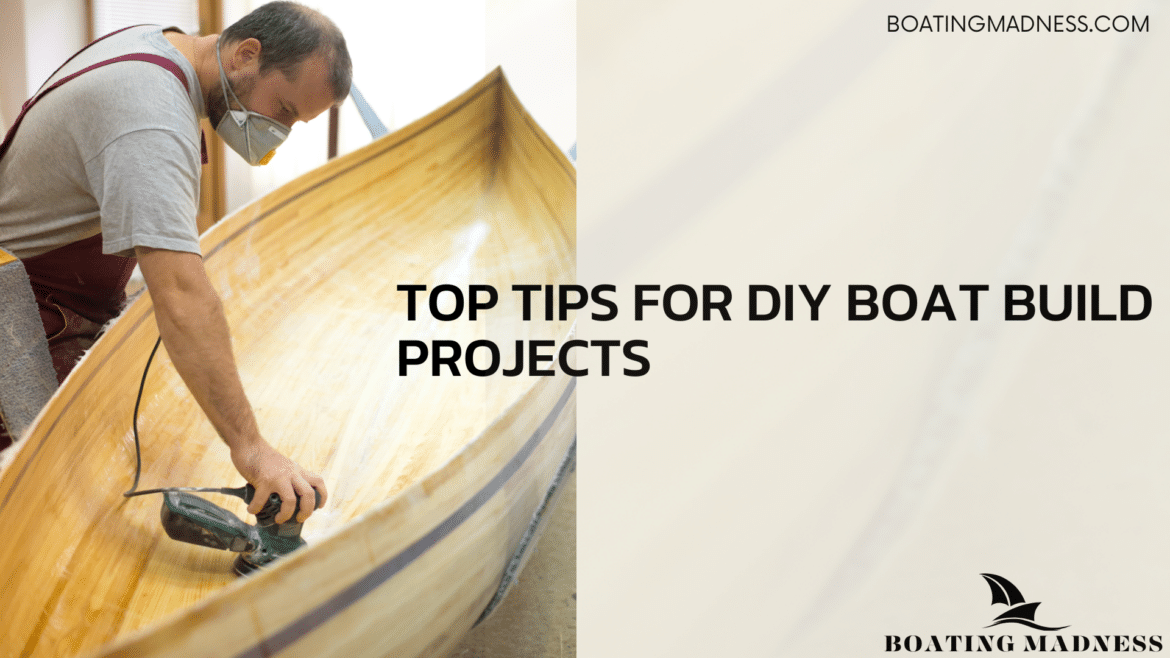Table of Contents
Building your own boat offers a unique combination of creativity, craftsmanship, and practical learning and can be a very satisfying and fulfilling experience. Whether your desire is to glide across peaceful lakes in a handcrafted wooden boat, fish from a specially designed fishing vessel, or spend relaxing afternoons on a self-built pontoon boat, starting a do-it-yourself boat project enables you to build a craft that is customized to your unique requirements and tastes. Boat building is a tough yet immensely rewarding experience that begins with choosing the ideal boat designs, acquiring premium resources like plywood sheets and marine-grade epoxy, learning how to bind and glue, and navigating intricate boat plans. To make building a boat at home as easy and pleasurable as possible, this article attempts to offer crucial advice and insights to beginner and expert builders. Let’s start the journey!

1. Select the Proper Boat Designs
Choosing the appropriate boat designs is essential. First, decide what kind of boat you want to build. Are you planning to construct a tiny sailboat, pontoon, or fishing boat? The resources, time, and expertise needed depend on the design. The flat-bottom skiff is simple to build and perfect for calm seas, and the more intricate v-hull design, better suited for rougher waters, are two popular designs for beginners.
Let’s Discover Panga Boat – Your Ultimate Fishing Companion in this detailed article.
2. Understand Various Construction Techniques
There are several ways to construct a boat. Due to its strength and simplicity, bind-and-glue is a popular technique for do-it-yourself boats. Using wire to “stitch” plywood panels together, epoxy is then used to “glue” the gaps together. Boat kits frequently use this method, which makes building a boat easier for novices.
The classic frame and plank approach is another popular technique to build a boat skeleton frame and join planks to make the hull. This method calls for more advanced woodworking abilities and is often used in constructing wooden ships. Creating an aluminum boat usually entails welding or riveting aluminum sheets to a prefabricated frame. This can be difficult, but a lightweight, strong boat is the end product.
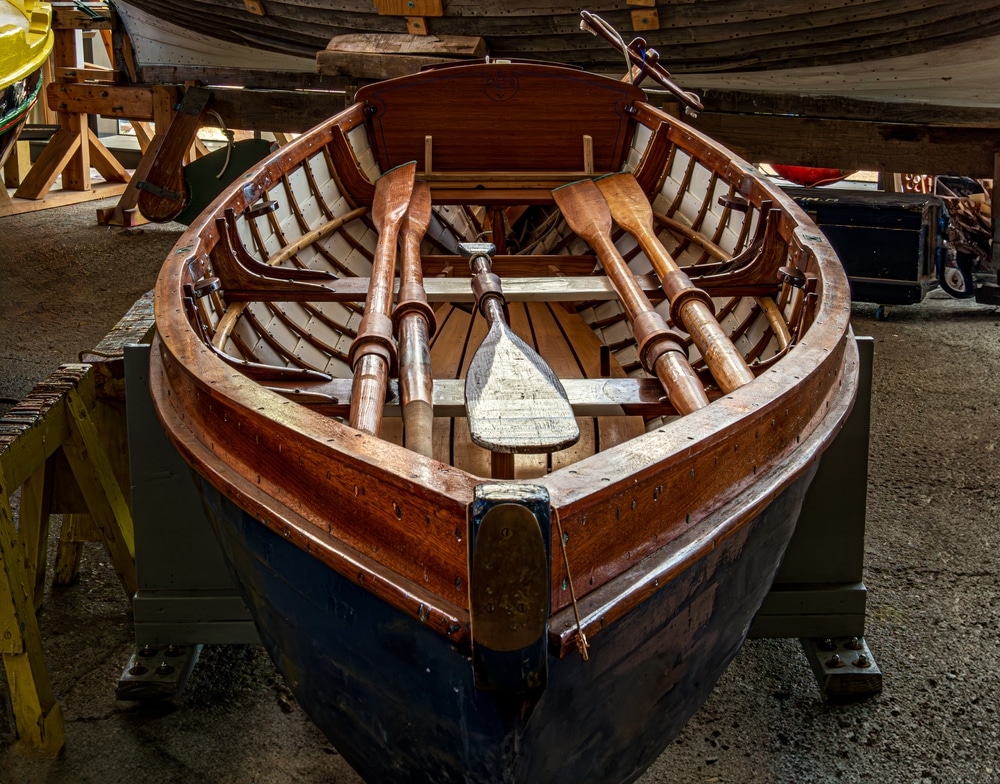
3. Collect Resources
Wooden boats require high-quality plywood sheets, marine-grade epoxy, fiberglass, and paint. Aluminum boats require aluminum sheets, welding supplies, and the proper fasteners. Before selecting a material, consider its maintenance needs and longevity. For instance, aluminum boats are more corrosion-resistant and require less maintenance than wooden boats, which have a classic appearance but require more care.
Building a boat with a kit saves time and effort because the kit usually comes with everything you need. Because the materials are pre-cut and ready for putting together, these kits can save time and lower the possibility of mistakes.
4. Set Up the workspace
Make sure your workstation is appropriate for building a boat. Large sheds or garages are good options. The space needs to be dry, clean and well-ventilated. Sufficient lighting and room to move about your project comfortably are crucial. Ensure you have all the tools on hand, such as clamps, sanders, saws, and a drill to drill holes for fasteners.
Organization is essential for a boat-building project. If your supplies and tools are organized, you’ll work more quickly and avoid needless delays. Make sure you have enough storage for your materials and a strong workbench.
5. follow Detailed Boat Plans
Plans for a boat should be detailed, especially for beginners. These plans include schematics, material lists, and step-by-step directions. Whether building a boat from scratch or using kits, accuracy, and safety are guaranteed when you adhere to a detailed blueprint.
Many printed and digital resources are available to locate high-quality boat plans. Books on the subject, boating journals, and websites devoted to boat building are great places to start. While some plans are offered without charge, others can be purchased and frequently provide more thorough guidance and assistance.
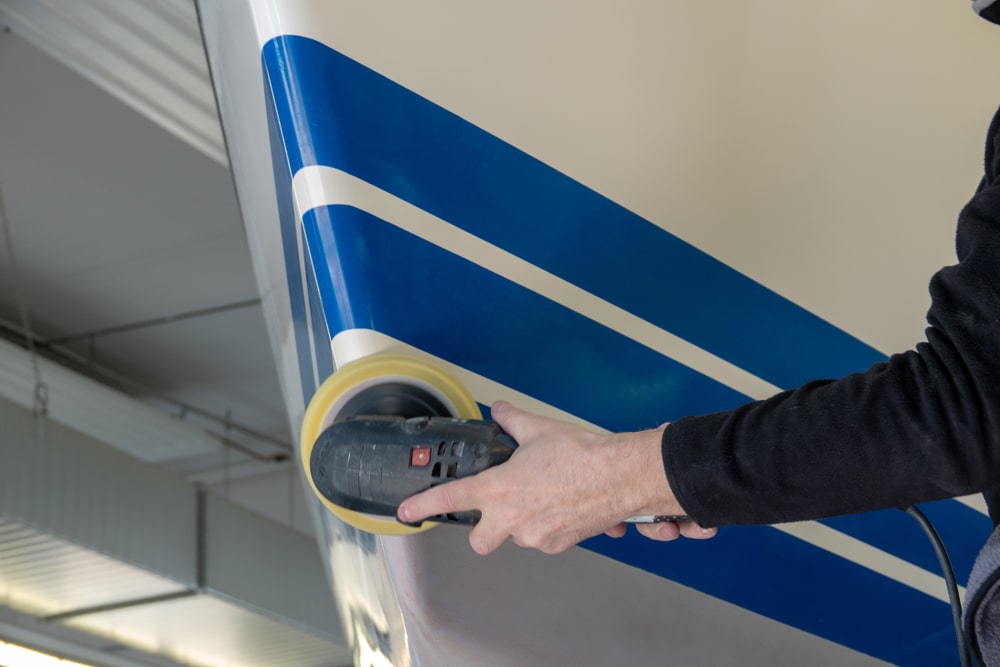
6. Begin with Easy Tasks
If you’re new to boat building, start with a simpler project, such as building a small or homemade fishing boat. This keeps you from being overwhelmed while you advance your skills. Easy designs like small sailboats or dinghies are great for learning the fundamentals. As your confidence grows, you can move on to more difficult projects, like creating a pontoon or self-built boat.
Building a tiny boat also lets you become acquainted with the equipment and methods used in boat building. It’s a doable project you can finish quickly, boosting your confidence and inspiring you to take on more challenging builds.
7. Employ High-Grade Adhesives and Fasteners
It’s essential to use premium adhesives and fasteners. For wooden boats, marine-grade epoxy and stainless steel screws are advised to guarantee a solid bond and avoid corrosion. Use the proper aluminum screws or rivets for aluminum boats. The quality of these parts greatly impacts your boat’s lifespan and safety.
When working with wood, it’s crucial to use waterproof seals and adhesives to shield it from moisture damage. Marine-grade epoxy forms a strong, waterproof seal, making it ideal for joining wood. Make sure all fasteners on metal boats are resistant to corrosion to avoid gradual weakening.
8. Adopting Boat Kits
Boat kits are a great choice for novices. The pre-cut parts and comprehensive instructions in these kits make building your own watercraft easier. Using one of the many kits available for different boat types, such as aluminum or wooden boats, can greatly decrease the time and difficulty of the job.
Boat kits are made to simplify the building process by requiring fewer specific tools and sophisticated abilities. They frequently include pre-drilled and pre-cut parts, making assembly easier and guaranteeing a flawless fit. Many kits also come with thorough instructions and customer support access, which offer assistance during the build.
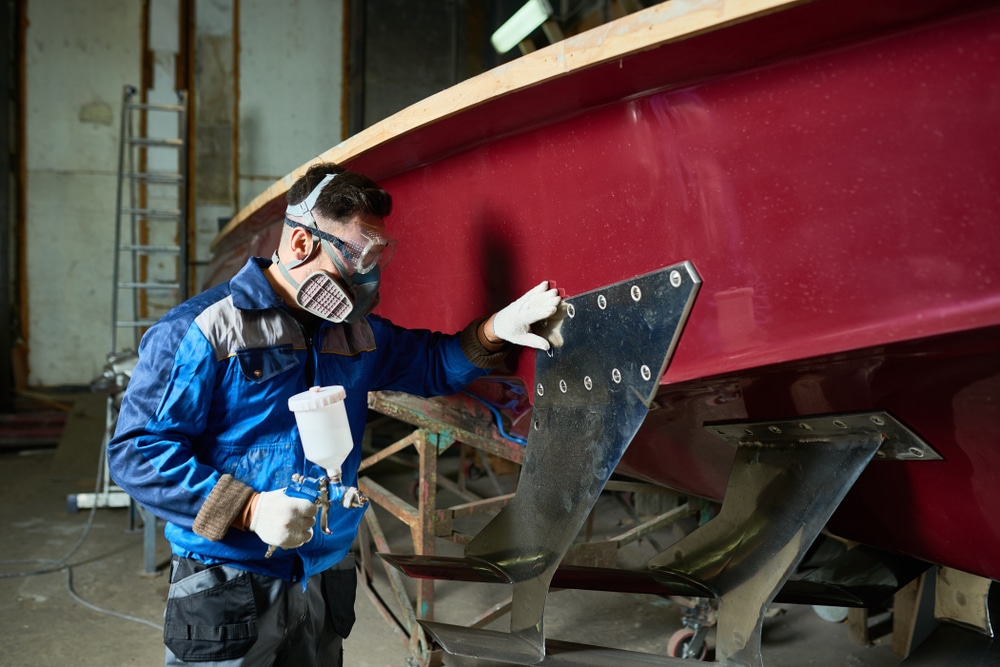
9. Take Advice from Others
Read DIY boat books, watch tutorial videos, and participate in internet forums. Interacting with the community can yield insightful advice. Many skilled builders are prepared to impart their knowledge on how to construct a DIY fishing boat or pontoon boat.
Being part of a boat-building community has several advantages. You can get input from seasoned builders, share your progress, and ask questions. A multitude of social media organizations and internet forums devoted to boat-building provide an abundance of knowledge and assistance.
10. Prioritize safety
Safety should always come first. Wear safety equipment, such as masks, gloves, and safety glasses, when handling chemicals or power tools. Ensure adequate lighting and ventilation for your workspace. Know how to use each tool correctly and adhere to the safety instructions provided by the manufacturer.
Always keep your hands and fingers away from moving parts when using power tools. Secure your materials firmly to avoid slipping, and ensure your workplace is neat and clutter-free. Furthermore, exercise caution when working with chemicals such as paint and epoxy; wear the proper safety gear and use it in well-ventilated places.
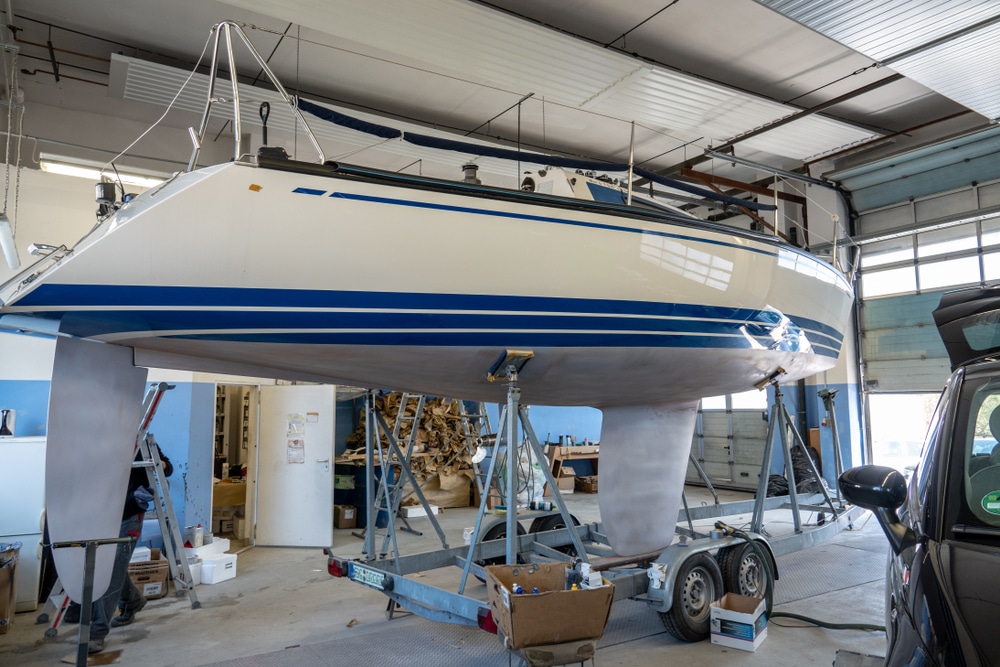
11. Examine Your Work
After building your boat, ensure it’s seaworthy by thoroughly testing it in protected seas. Before embarking on more daring expeditions with your homemade boat, this stage is essential for ensuring its reliability and functionality. To begin with, test your boat in calm, shallow waters to look for leaks or structural flaws.
Keep an eye on the boat’s stability, floating, and handling. Before launching it into deeper waters, make any required modifications or repairs. Completing this testing process ensures your boat is secure and operational.
Conclusion
Whether it’s a homemade or home-built boat, building your own is a rewarding project that requires time, creativity, and skill. You’ll be well on your way to creating a vessel that you can be happy to say you constructed yourself if you use the appropriate tools and adhere to these suggestions. So gather your supplies, decide which boat designs to create, and begin your DIY project to build a boat right now! Whether you build a functional pontoon boat, a stylish aluminum boat, or a gorgeous wooden boat, the knowledge and expertise you acquire during this process will be priceless.

